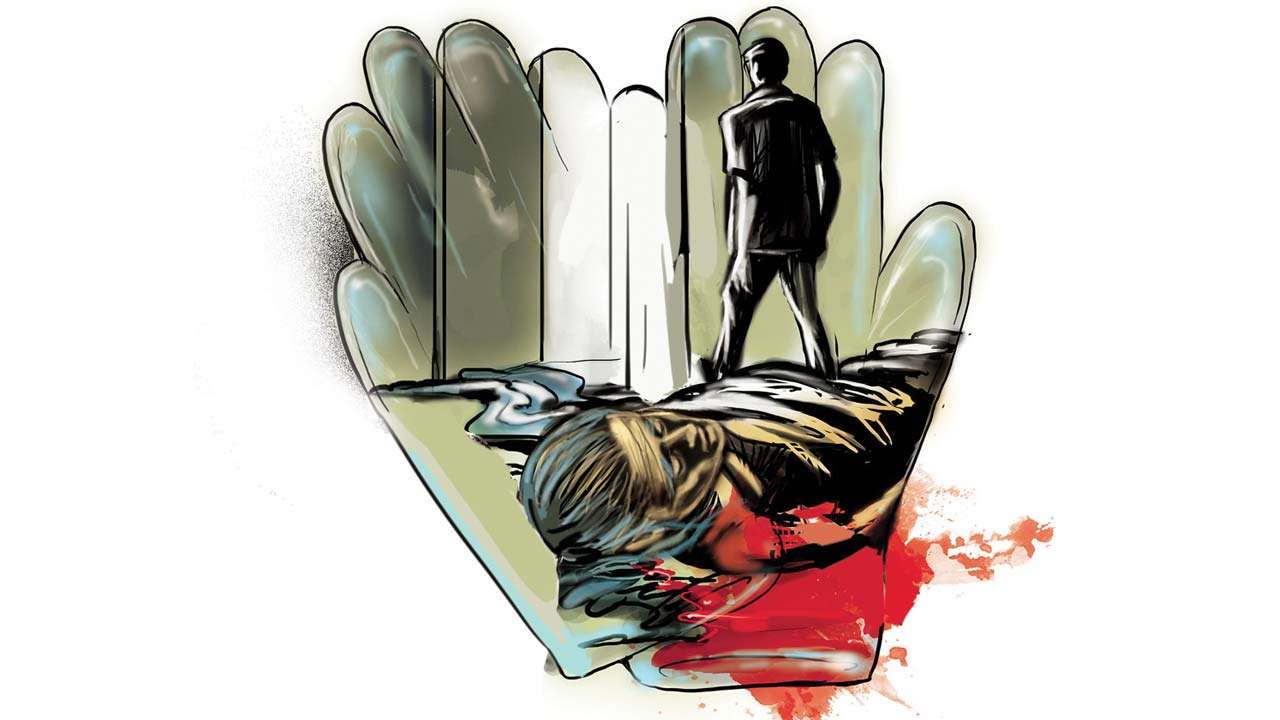
- Select a language for the TTS:
- UK English Female
- UK English Male
- US English Female
- US English Male
- Australian Female
- Australian Male
- Language selected: (auto detect) - EN
Play all audios:
With Shamima Begum’s July High Court victory, which allows the Isis bride to return to the UK to challenge the government’s decision to strip her of citizenship, it seems an apt time to
remember the real victims of Isis, or “Daesh”. On August 3, 2014, Isis entered Sinjar in Nineveh province, Iraq. It commenced what the world would come to know as the genocide against the
Yazidi community, an ancient monotheistic Kurdish-speaking people from Iraq, Syria, Armenia and Georgia that traces its roots back to Mesopotamia. The Sinjar massacre was the beginning of
the genocide. The world learned of the more than 7,000 women and young girls who were sold into slavery at market places, sometimes traded for a few dollars, passed from one jihadi to
another as trophies, rewards and war booty. Men were rounded up and shot as Isis began its northern offensive. More than 10,000 died as Yazidi males were murdered in cold blood, beheaded,
burned alive or abducted. Jihadis desecrated holy shrines. More than 150,000 people fled, with some airlifted to Turkey, but at least 50,000 were trapped on the mountain without food or
water surrounded by Isis The UN document that declared this a genocide in 2016 said Isis enslaved Yazidis, tortured them, “inflicted conditions of life that bring about a slow death”. In the
years since then at least 82 mass graves have been discovered, the most recent in July 2020. As we approach the sixth anniversary, nearly 200,000 Yazidis remain displaced and living in the
same harsh conditions in camps much like the one where the 20-year old former east London schoolgirl, Shamima Begum found herself, after running away to join the Caliphate in 2015. While
Begum will return to the UK to fight for her nationality, many Yazidis have no place to go. They remain trapped in camps with no hope of returning to the farmlands that Isis destroyed. Isis
wrecked infrastructure in cities, and the Yazidis had their documents confiscated, which makes it impossible for them to reclaim lands. The Polish lawyer Raphäel Lemkin coined the term
“genocide” in his 1944 book _Axis Rule in Occupied Europe_. On April 30, 1945, the Nazis surrendered, and the concentration camps emptied. The war ended. People returned to their homes and
began to rebuild their lives. It has not ended in Syria and Iraq where Isis regroups and plans its revenge. While Yazidis raise their children in camps, Isis brides also raise the next
generation of jihadis. Like Shamima Begum, women have always played a key role and they can be as cruel and violent as men. In 1933, women overwhelmingly voted for Hitler as Chancellor.
Before that, women gave money to fund his campaign. The Isis women, like those in the SS, play a fundamental role. So far, 1500 Yazidi refugees have settled in Canada. Still, despite
government rhetoric, the administration process for the reunification programme has changed, making it more complicated and much more difficult for Yazidis to claim asylum. The government
also targets charities that try to help. We may have put the plight of the Yazidis out of our daily thoughts, but six years on, with no recourse to any international or national justice, the
fight is not over. In this instance, Shamima Begum is the lucky one.









